RARE! WWII New Guinea Campaign 8th Photo Recon Squadron 5th Air Force F-4 Lightning Rooke Island Combat Aerial Photograph
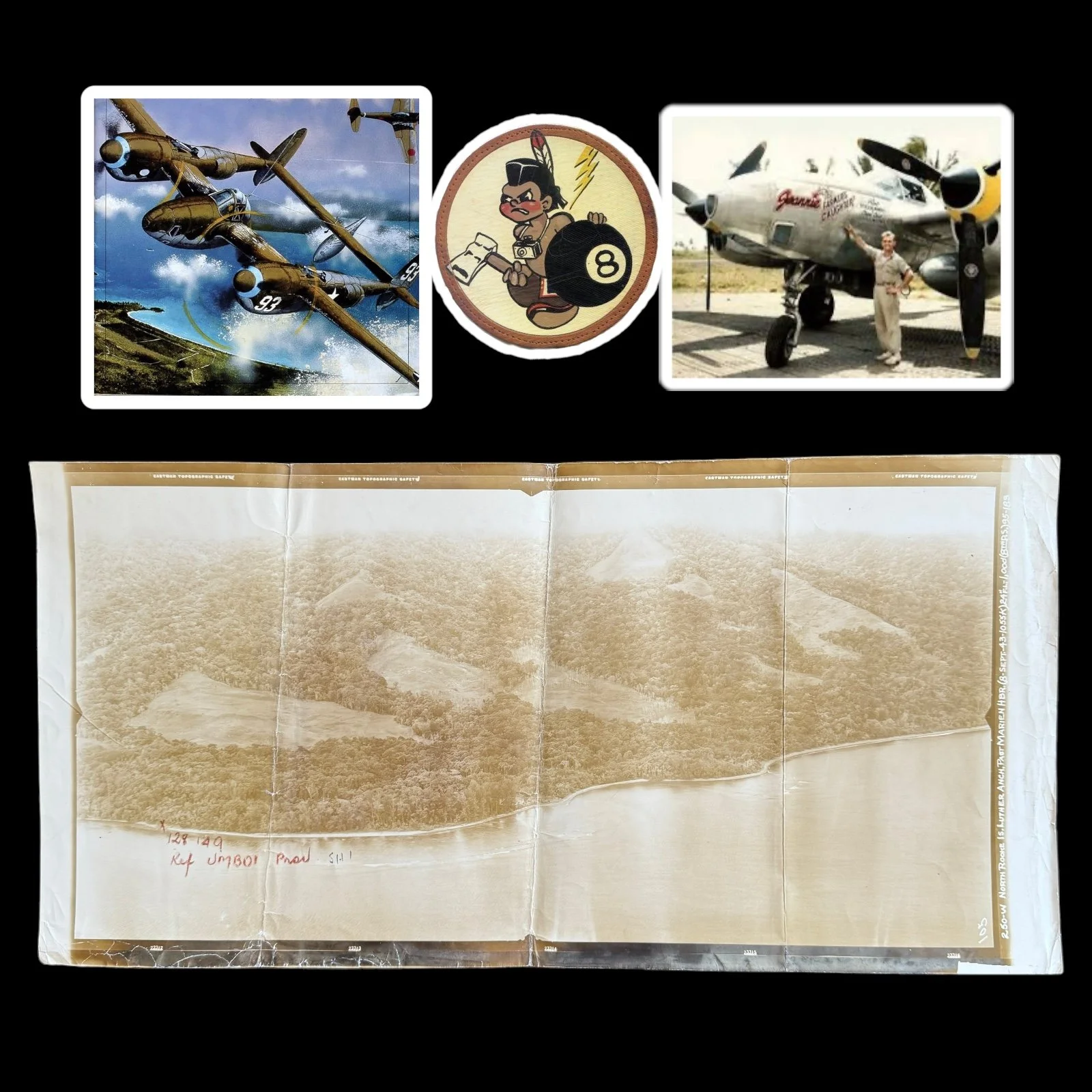











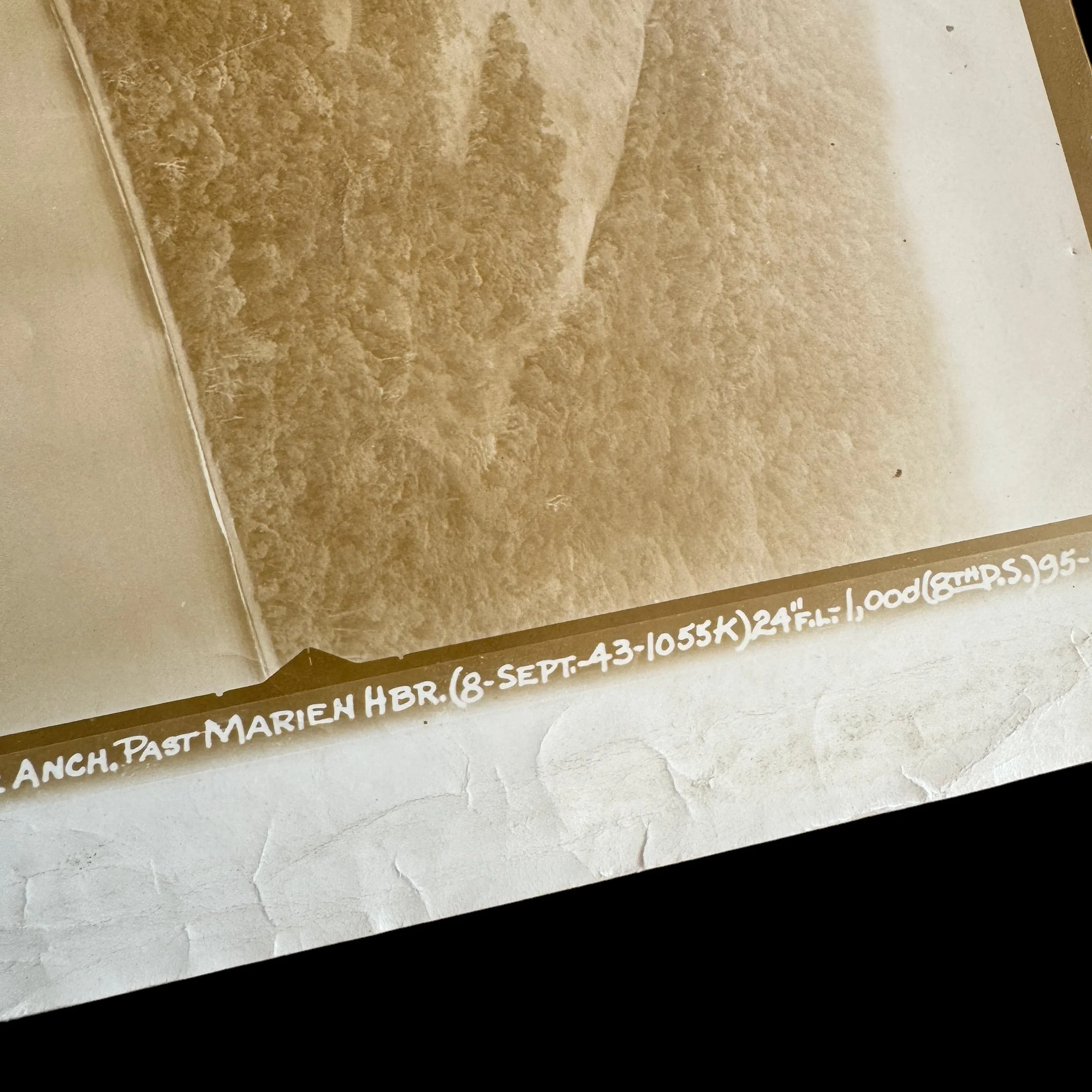
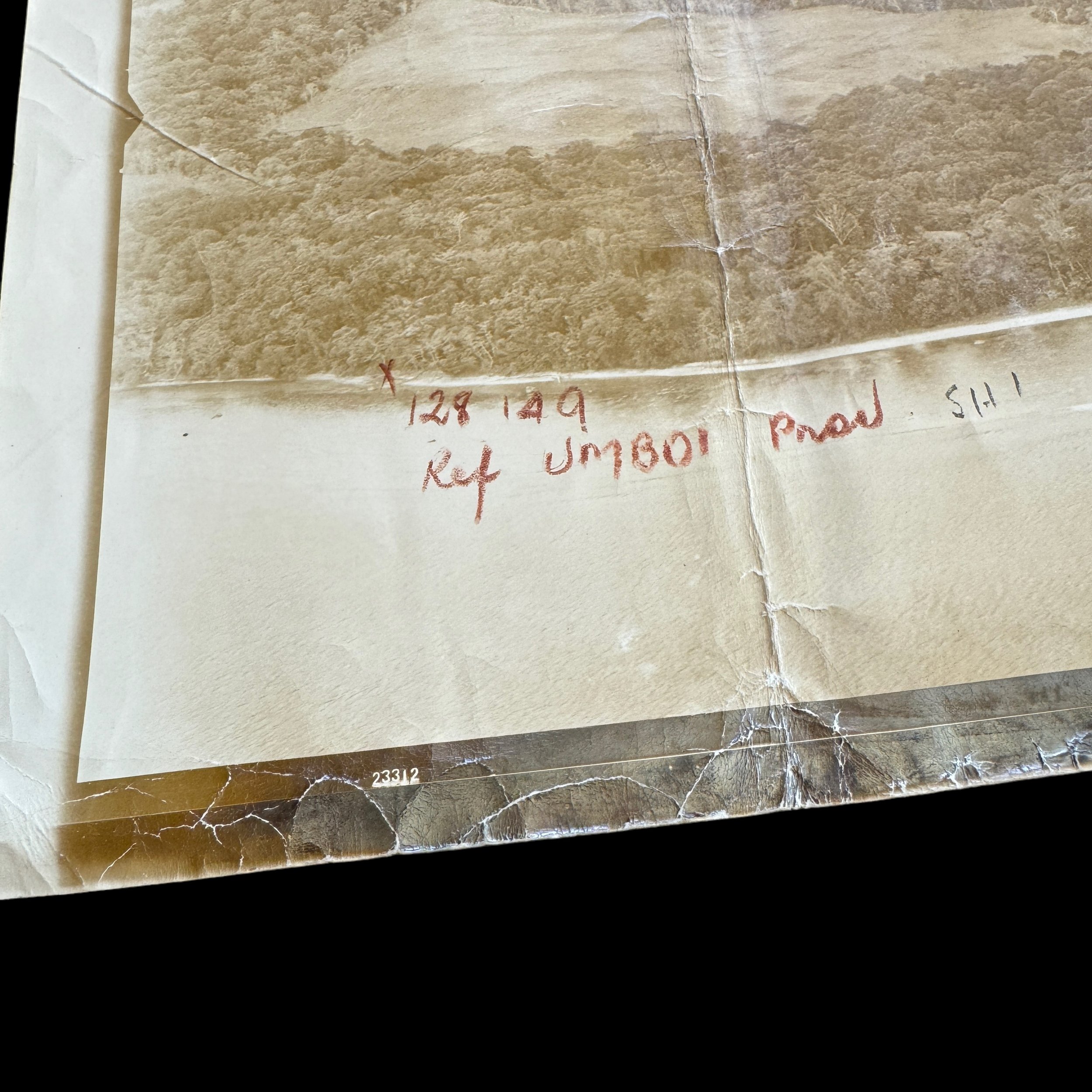
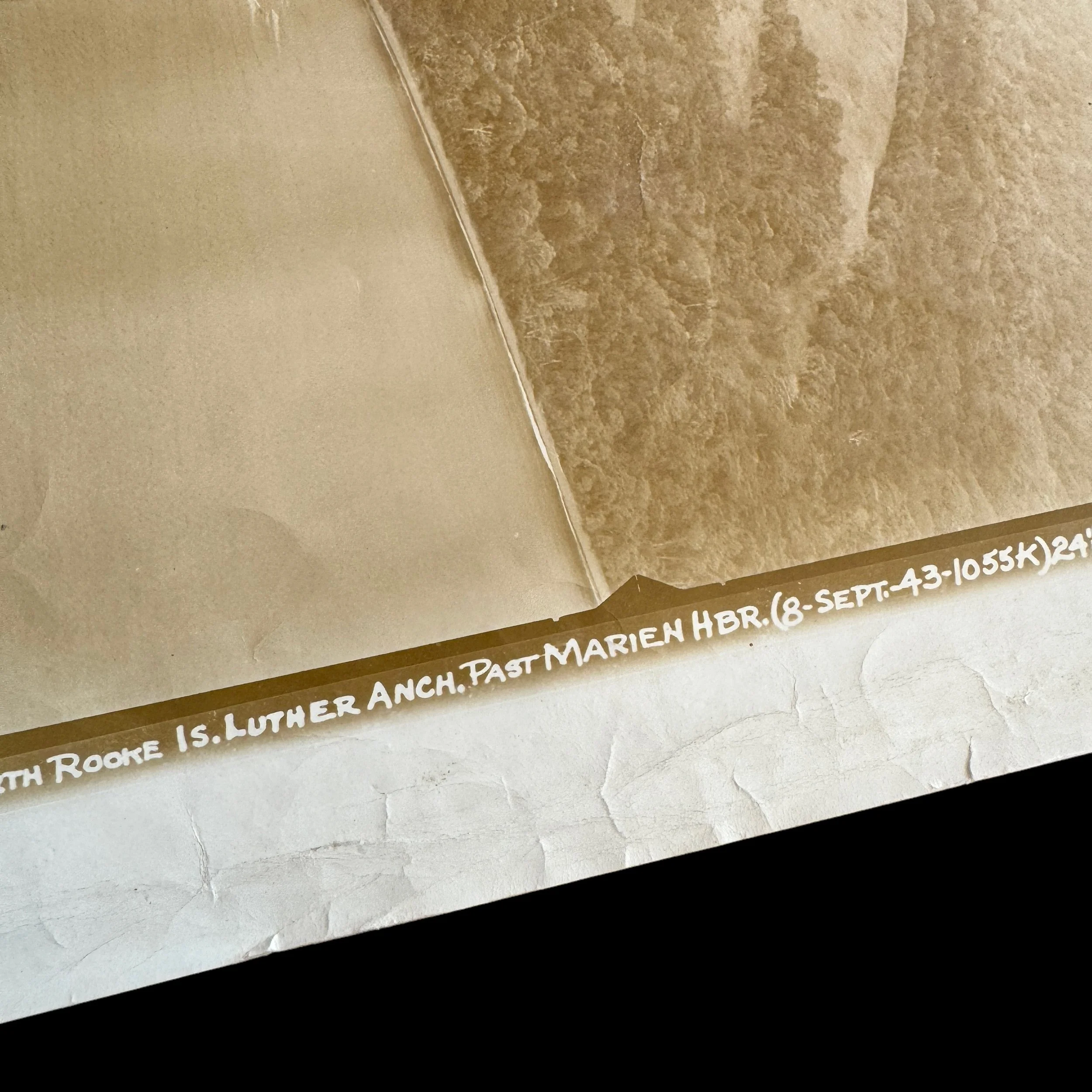
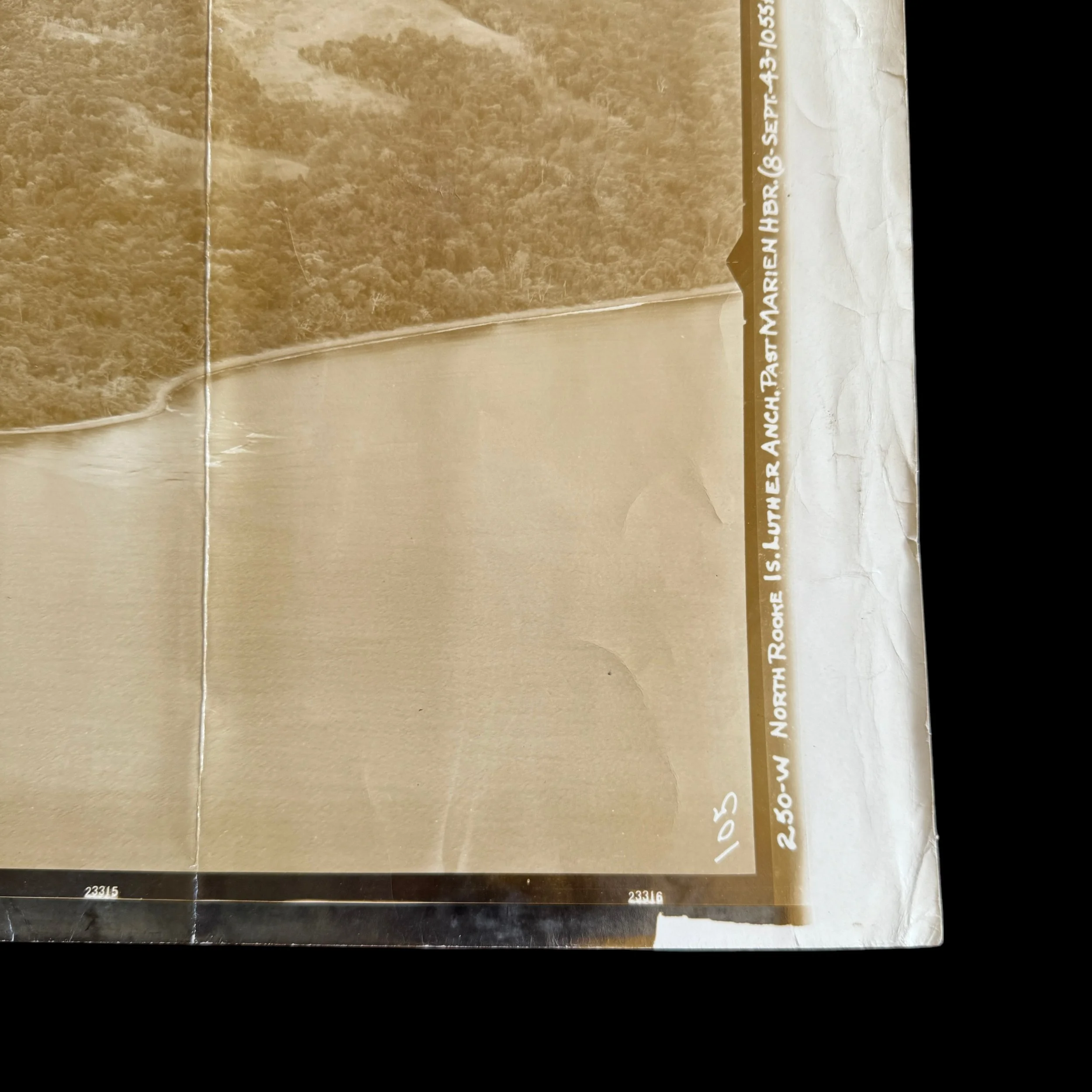
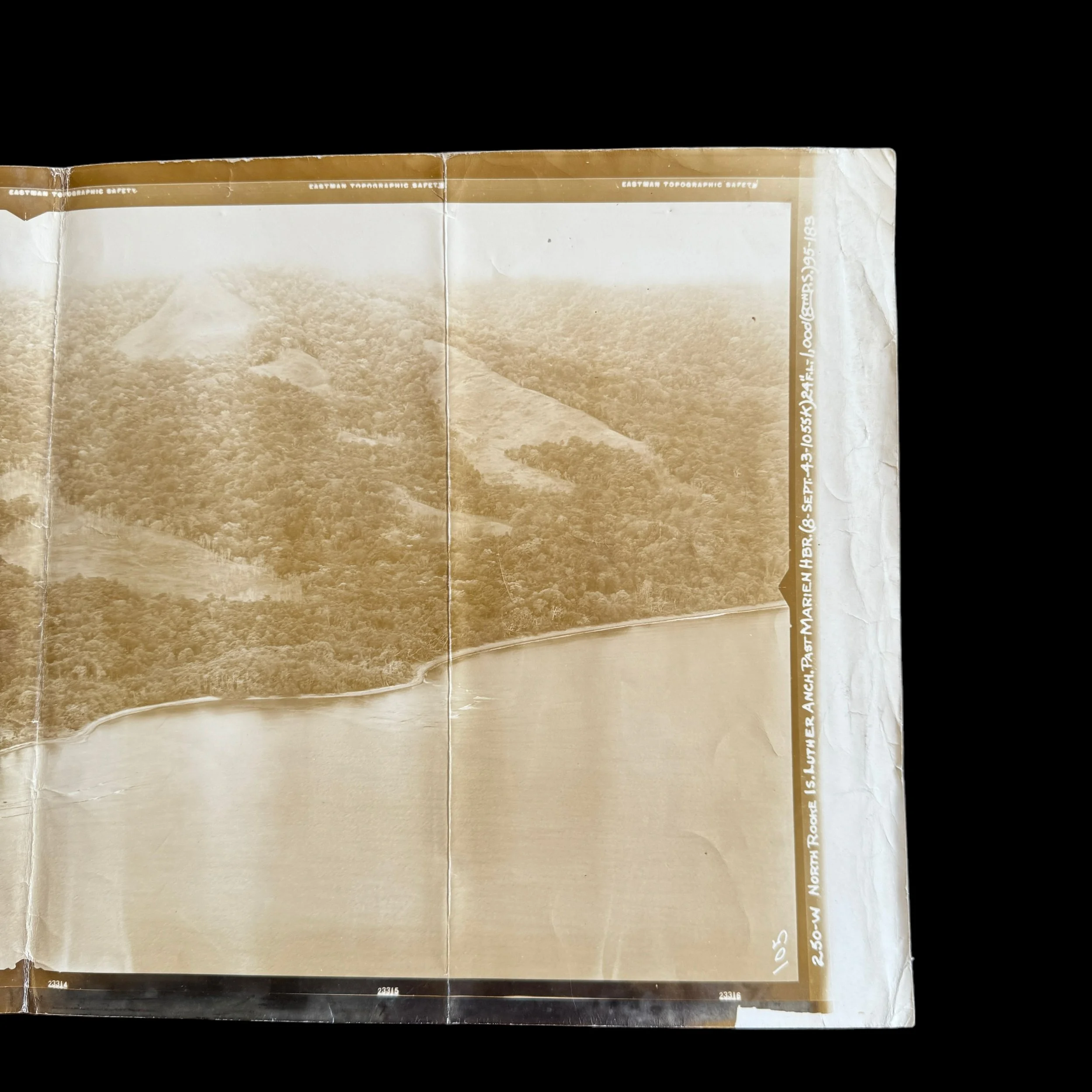
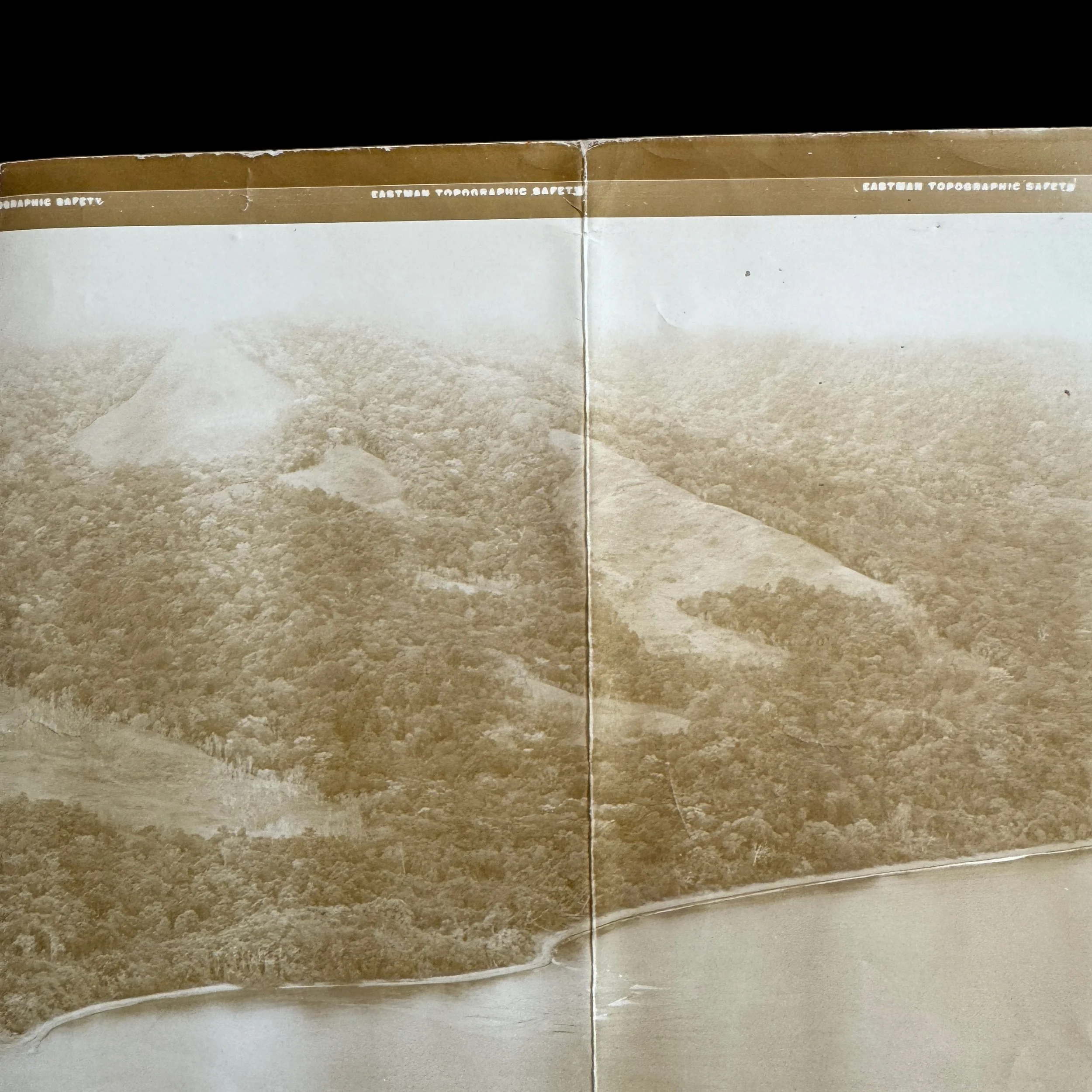

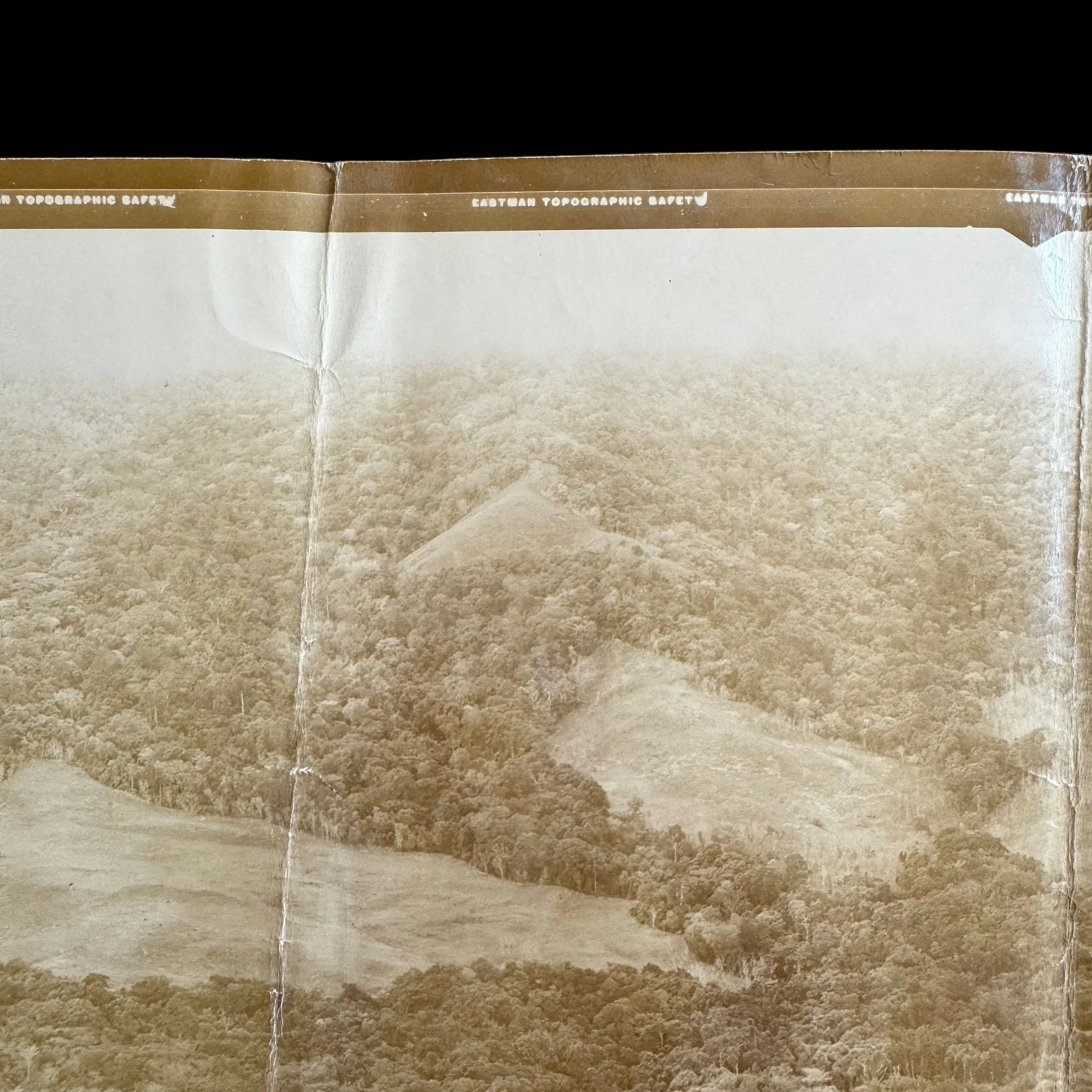
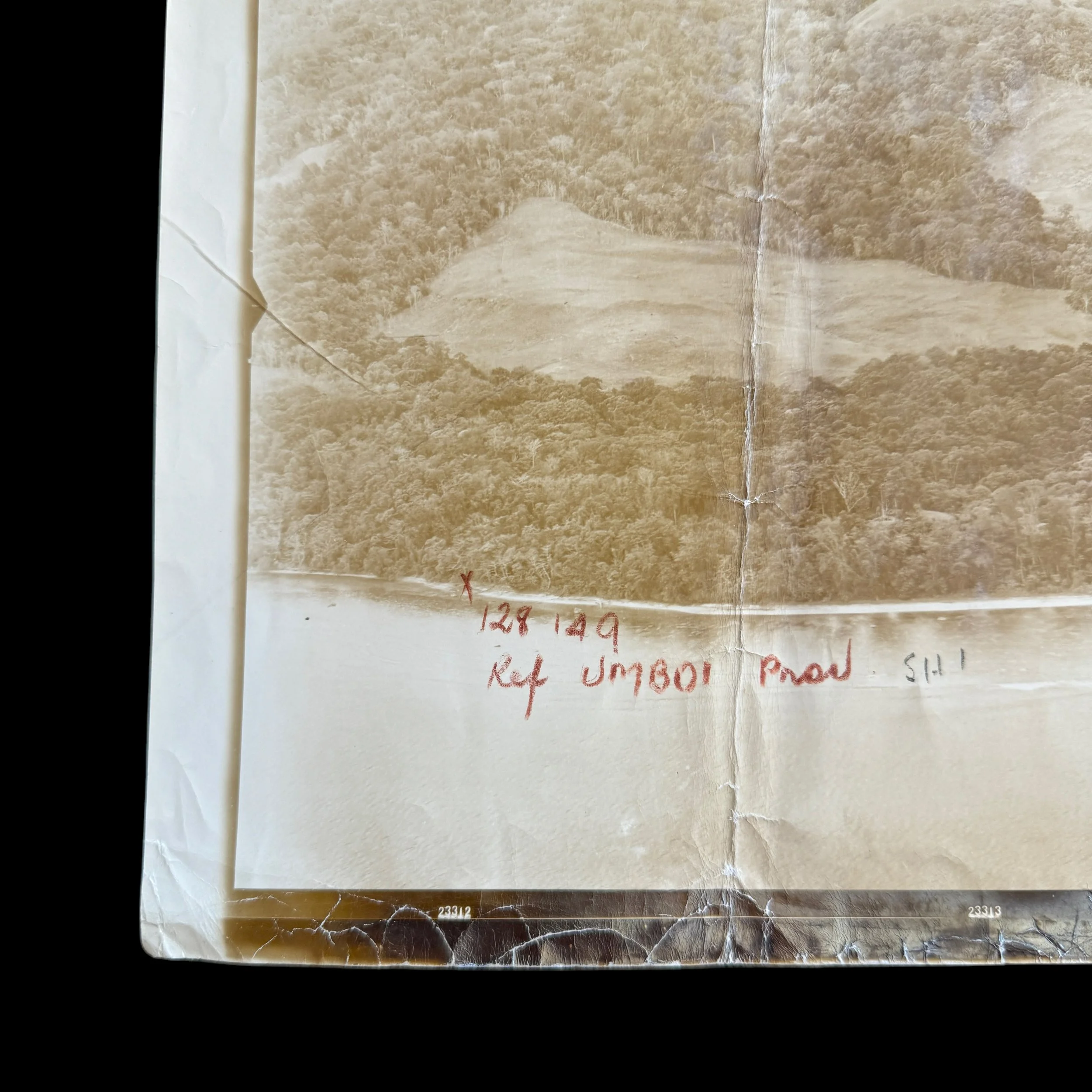






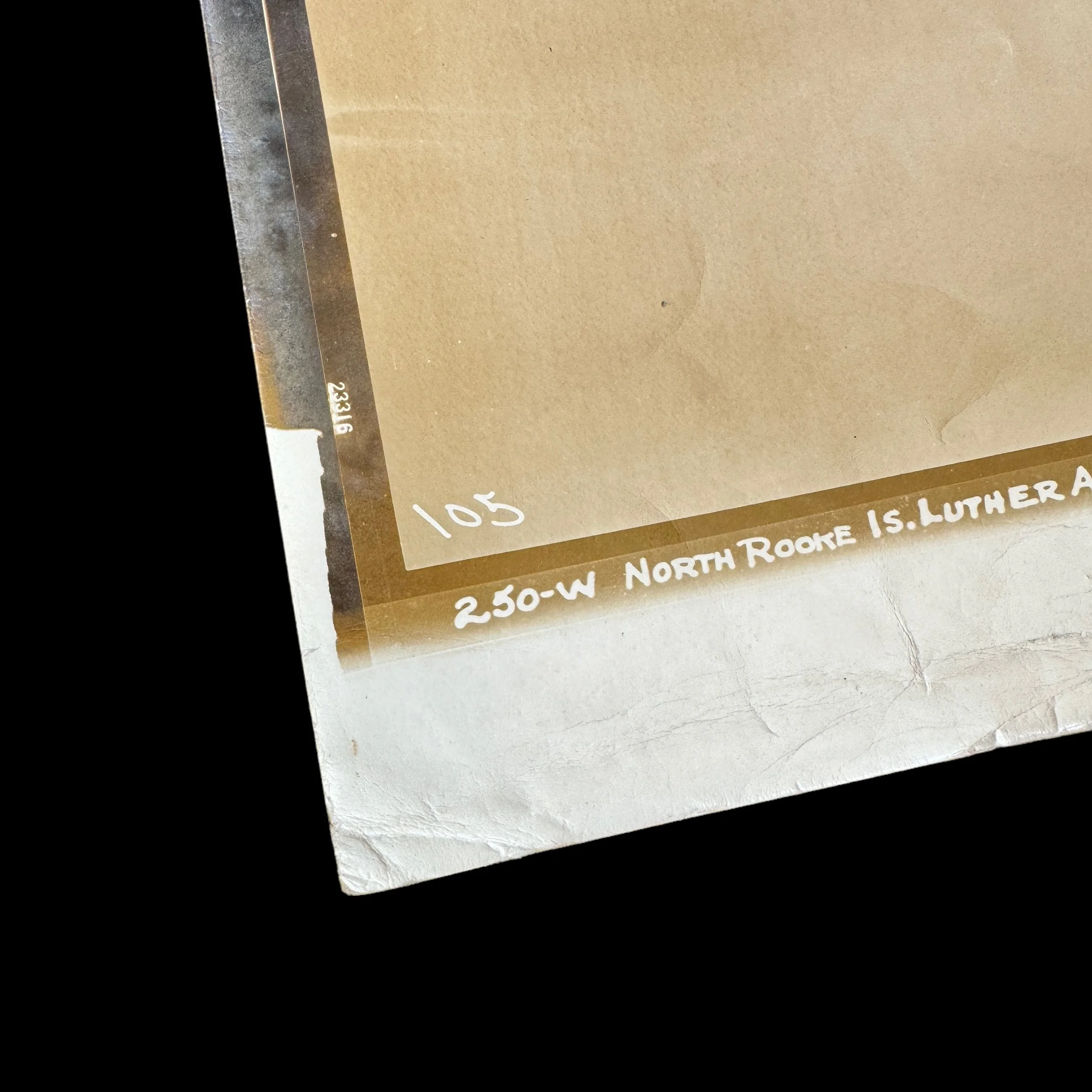












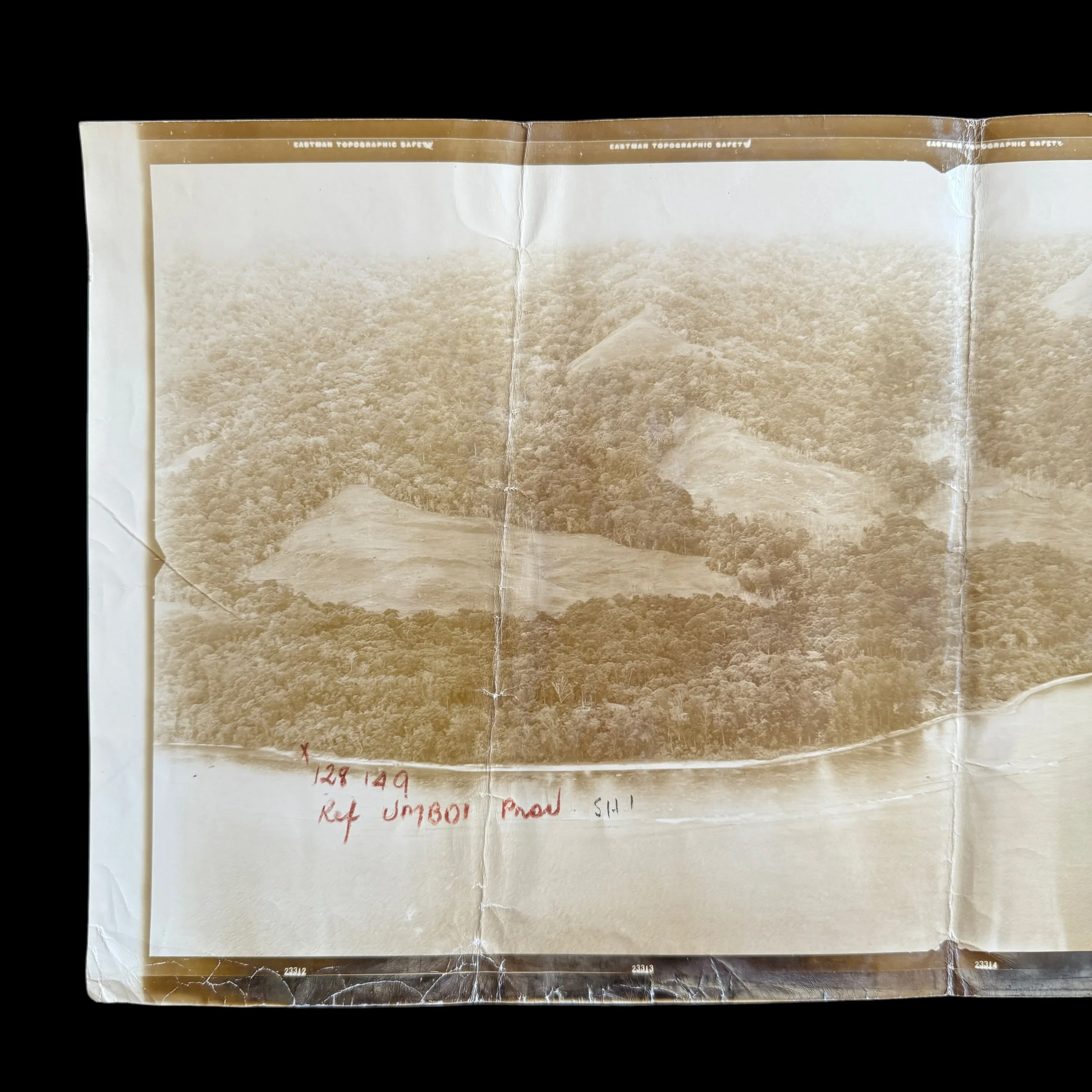


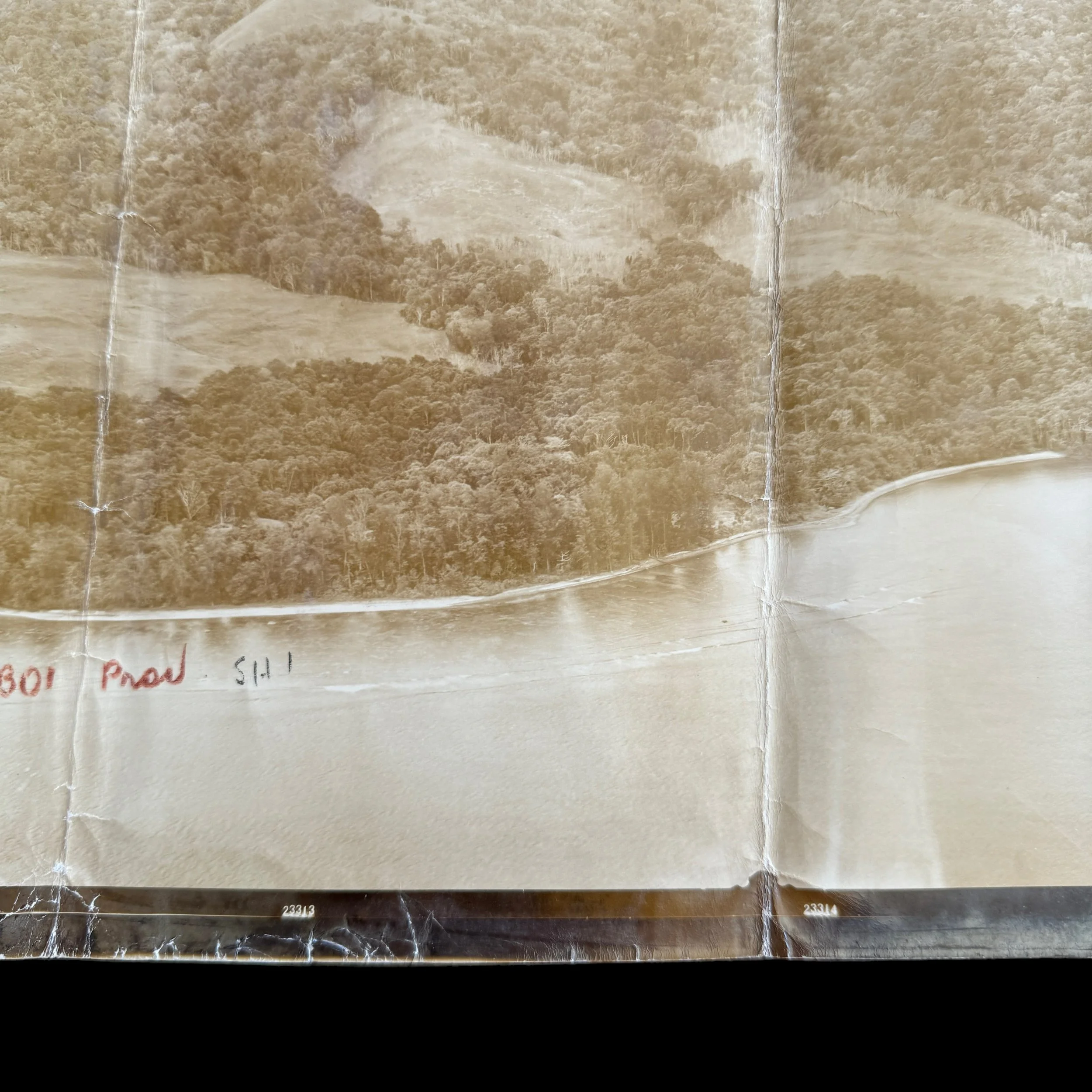

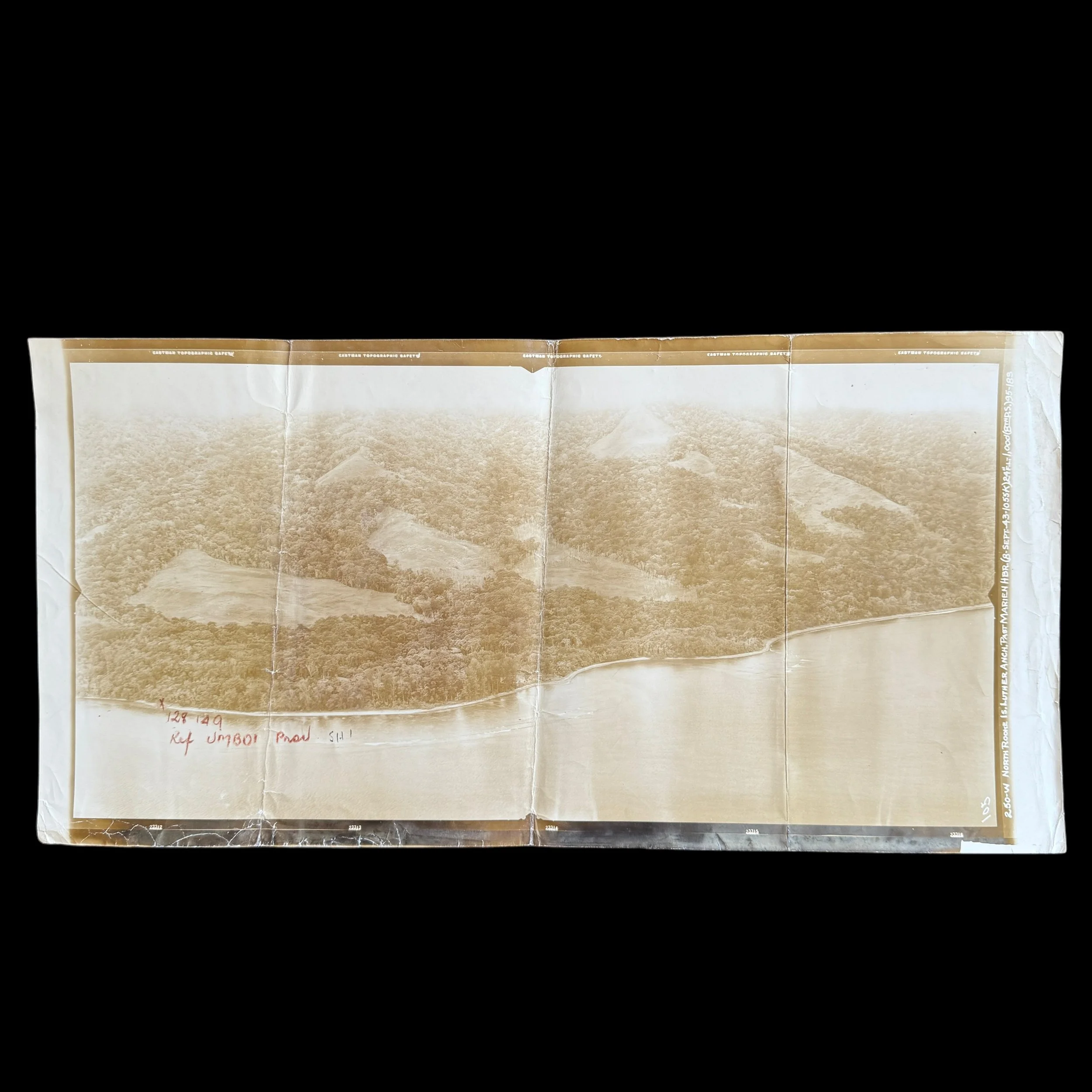
RARE! WWII New Guinea Campaign 8th Photo Recon Squadron 5th Air Force F-4 Lightning Rooke Island Combat Aerial Photograph
Comes with a hand-signed C.O.A.
Original one-of-one “TYPE ONE” photograph used to create secret, confidential and restricted aerial maps and target documentation for combat missions.
This extremely rare and museum-grade WWII artifact is an original “TYPE-ONE” aerial combat photograph (panoramic type) taken by F-4 Lightning pilots of the infamous 8th Photo Reconnaissance Squadron (Eight Ballers) during an aerial mission in the Pacific Theater.
The 8th Photographic Reconnaissance Squadron (8th PRS) operated under the U.S. Army Air Force (USAAF), specifically part of the 5th Air Force and the 6th Photographic Reconnaissance Group (6th PRG). Referred to as the 8th Photographic Squadron, 8th Photo Recon Squadron, or 8th Photo Recon, the unit was initially outfitted with the F-4 Lightning, a specialized photographic reconnaissance variant of the P-38 Lightning. Camera equipment was installed in the nose section in lieu of traditional armaments. Conducting missions above Japanese-held territories and airfields, the squadron captured vital imagery utilized in the creation of aerial maps and target intelligence for subsequent combat operations. These reconnaissance flights were inherently perilous, with pilots often flying solitary missions through adverse weather conditions and challenging navigation circumstances. While over target areas, pilots maintained a steady flight path at lower altitudes to ensure high-quality photographic results, braving risks such as anti-aircraft artillery and potential interception by enemy planes. In later operations, F-4s received protective escort by armed P-38 Lightnings to enhance their defensive capabilities.
The 8th PRS, also known as the 8th Photo Reconnaissance Squadron, earned a renowned reputation for its exceptional service during campaigns across various regions including the East Indies, Japan, China, Papua, Guadalcanal, New Guinea, Northern Solomons, and Bismarck.
This incredibly rare and one-of-one original aerial combat mission photograph shows the area of KAIAPIT (New Guinea) and is documented as a SPECIAL REQUEST MISSION directly from the General in the book The Eightballers: Eyes of the Fifth Air Force - The 8th Photo Reconnaissance Squadron in WWII by John Stanaway and Bob Rocker…” Wednesday, September 8: The B-17 gave the Madang area the old one-twa-three today. Nulty and Co. photographed the shore from Cape Croiselles to Kepler Point. A little film trouble marred the day's effort, stuff still looks good to everybody but ourselves. The hypercritical eye to the experts, of course. Nothing but perfection will fill the bill. In addition, the boys collected those low obliques of Rooke Island everyone is screaming for. All in all, a good day's work. Duke seems to have caught the war spirit up there at Marilinan. He photographed Nubia from 12,000 and Alexishafen and Madang from 10,000. That's not a recommended procedure, but it's hard to chastise a man for a job well done. Avery couldn't get into Wewak because of weather conditions, but he did collect Alexishafen on his way home.
During World War II, the Pacific theater was a crucial battleground where numerous islands became pivotal to the conflict. Among these, Rooke Island and Umboi, situated in the Pacific region near New Guinea, played significant roles during the war. The New Guinea Operations, encompassing a series of battles and campaigns, were instrumental in shaping the outcome of the war in the Pacific.
Rooke Island, part of the Dampier Archipelago in present-day Western Australia, held strategic importance due to its location in the Indian Ocean. Its proximity to important sea routes made it a valuable asset for both Allied and Axis powers. During World War II, Rooke Island served primarily as a naval base for the Royal Australian Navy (RAN). The island housed facilities for refueling, repairing, and resupplying naval vessels, making it a crucial logistics hub in the region.
One of the key roles Rooke Island played during World War II was supporting Allied efforts to counter Axis naval operations in the Indian Ocean. As the war progressed, the island became increasingly important for safeguarding Allied shipping lanes and conducting anti-submarine warfare. Additionally, Rooke Island served as a base for reconnaissance missions and patrols aimed at monitoring Axis movements in the region.
Umboi, located in the Bismarck Sea near New Guinea, was another significant locale during World War II. Its strategic position made it a target for both Allied and Axis forces seeking to gain control over the Pacific theater. Umboi's rugged terrain and dense jungle provided natural obstacles that posed challenges for military operations, but its location made it a crucial point for air and naval operations in the region.
During the New Guinea Operations, Umboi became a focal point for Allied efforts to push back Japanese forces occupying neighboring territories. The island's proximity to key Allied bases and supply routes made it an ideal staging ground for launching offensives against Japanese-held territories in New Guinea and the surrounding areas. Umboi served as a base for Allied airfields, allowing for aerial reconnaissance, bombing raids, and air support for ground operations.
The New Guinea Operations were characterized by intense fighting, harsh terrain, and adverse weather conditions. Both sides faced significant challenges in navigating the dense jungles, rugged mountains, and swampy lowlands of the region. However, Allied forces, bolstered by superior numbers and resources, gradually gained the upper hand over the Japanese defenders.
The Battle of Umboi, fought between Allied and Japanese forces in 1944, was a pivotal moment in the New Guinea campaign. Allied troops launched a coordinated assault on Japanese positions on Umboi, aiming to secure the island and establish a foothold for further advances in the region. Despite fierce resistance from Japanese defenders, Allied forces managed to secure victory after weeks of intense fighting.
The New Guinea Operations as a whole played a crucial role in shifting the balance of power in the Pacific theater. By securing key islands like Rooke Island and Umboi, Allied forces were able to establish bases of operations from which they could launch further offensives against Japanese-held territories. Additionally, these operations helped to disrupt Axis supply lines and isolate Japanese forces, ultimately contributing to their defeat in the region.
In conclusion, Rooke Island and Umboi were both significant locales during World War II, each playing unique roles in the broader context of the New Guinea Operations. These islands served as strategic bases for Allied forces, enabling them to conduct vital naval and air operations in the Pacific theater. The New Guinea campaign, including battles such as those fought on Umboi, was instrumental in shaping the outcome of the war in the Pacific and ultimately securing victory for the Allies.